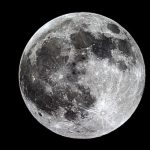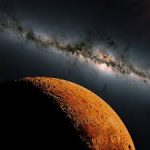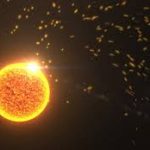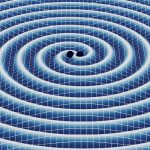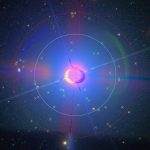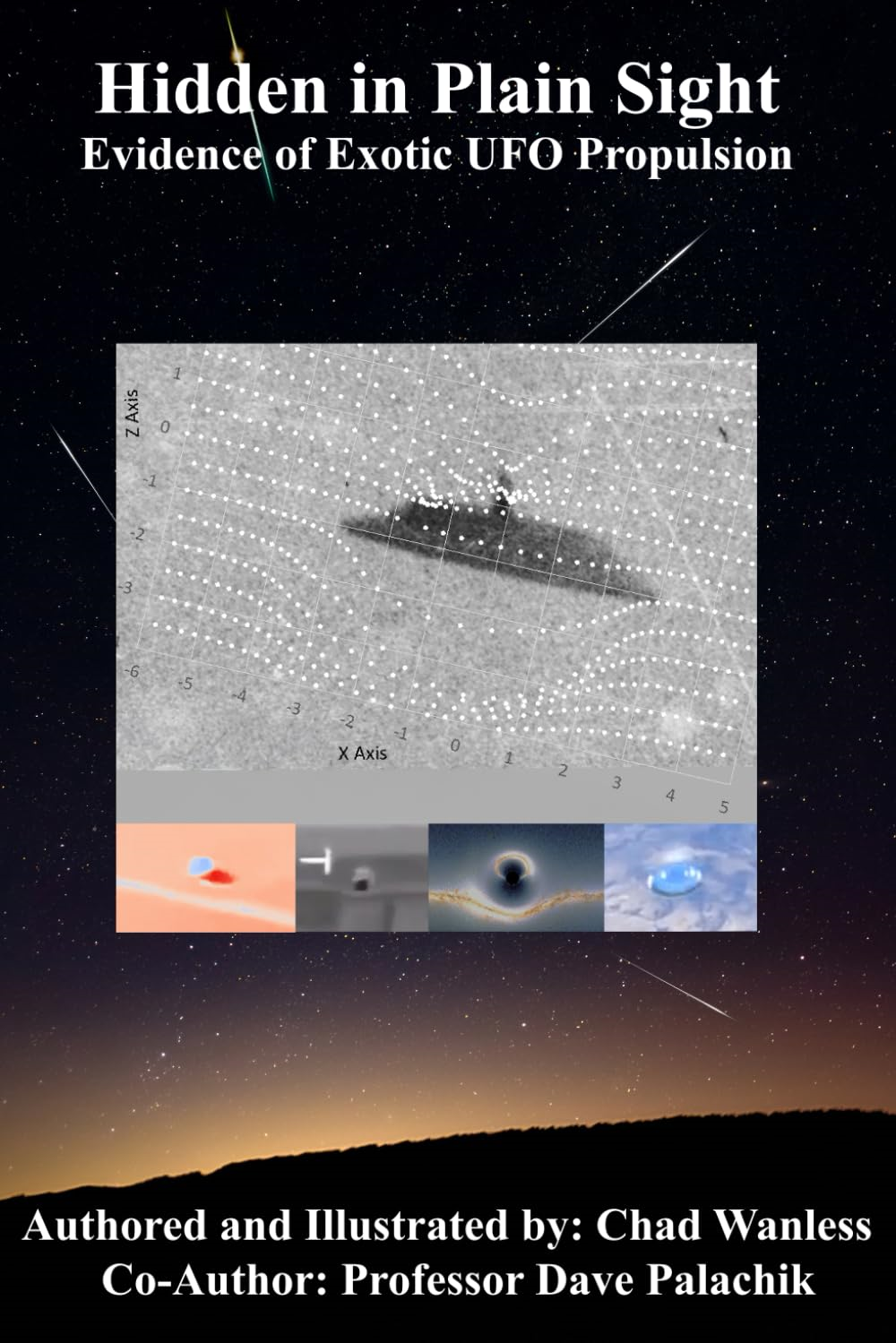Study indicates sand-sized meteoroids are peppering asteroid Bennu0
- From Around the Web, Space
- September 10, 2020
A new study published this month in JGR Planets posits that the major particle ejections off the near-Earth asteroid Bennu may be the consequence of impacts by small, sand-sized particles called meteoroids onto its surface as the object nears the Sun. The study’s primary author is Southwest Research Institute scientist Dr. William Bottke, who used data from NASA’s OSIRIS-REx mission.


